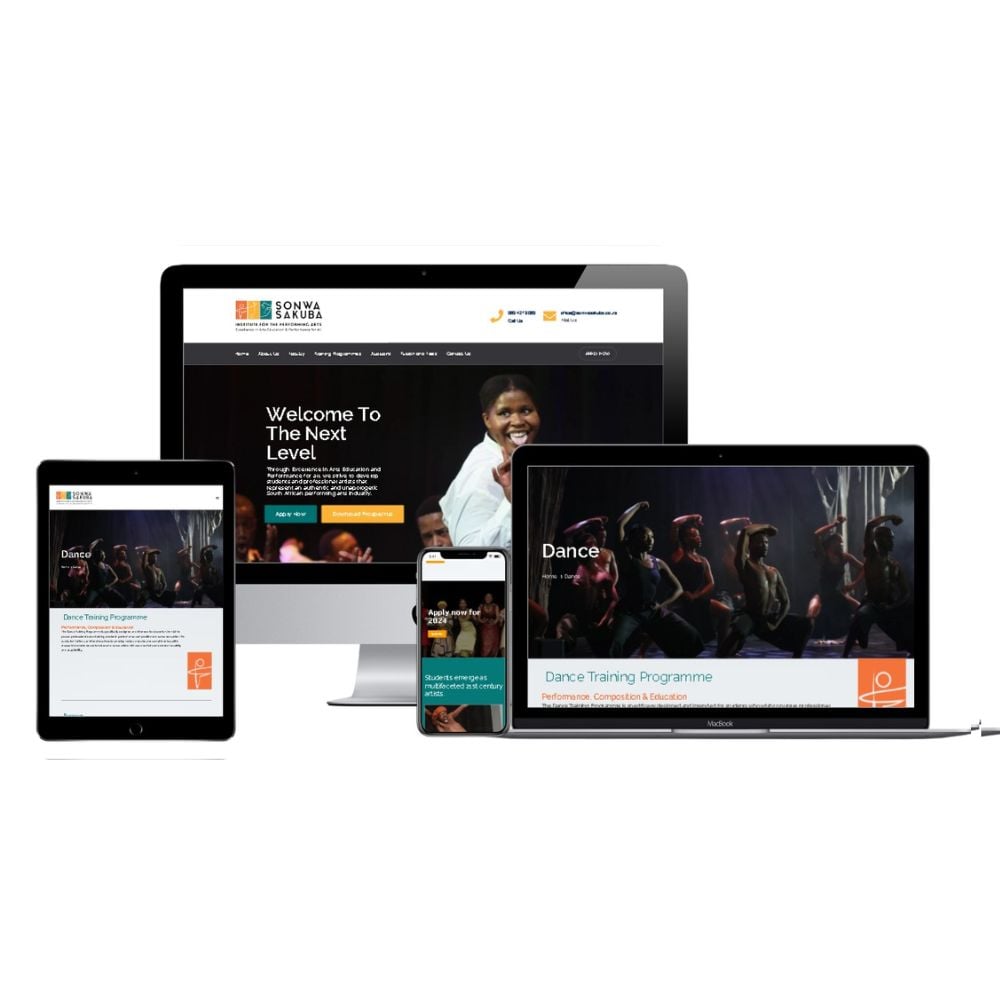Website Design in copyright: User-Friendly, Fast, and Responsive Websites
Website Design in copyright: User-Friendly, Fast, and Responsive Websites
Blog Article
Achieve Online Success With User-Friendly Web Site Design
In the significantly affordable electronic landscape, the design of a website can be a pivotal consider determining an organization's success. Straightforward style not just enhances the general user experience yet also influences key metrics such as conversion, retention, and involvement prices. By focusing on user-friendly navigating and availability, organizations can foster a more inclusive atmosphere that allures to a more comprehensive audience. Comprehending the details principles and functions that contribute to efficient layout requires a more detailed exam of present trends and ideal methods, which might disclose chances for substantial enhancement.
Importance of User Experience
Individual experience (UX) plays an essential role in the success of a web site, as it straight influences user complete satisfaction and engagement. A positive UX makes certain that visitors can navigate the site effortlessly, access information swiftly, and full wanted activities, such as authorizing or making an acquisition up for a newsletter, without frustration.
In an electronic landscape where competitors is fierce, an internet site that focuses on UX can significantly improve brand loyalty and retention. Customers are most likely to return to a website that offers a seamless experience, producing a cycle of repeat gos to and increased consumer lifetime value. Reliable UX style can lower bounce rates, as customers are less likely to leave a website that meets their demands successfully.
In addition, search engines significantly think about customer experience aspects when ranking websites. Therefore, investing in user experience is essential for attaining long-lasting success in the digital marketplace.
Trick Principles of User-Friendly Layout
An effective user-friendly design pivots on a number of essential principles that enhance usability and ease of access. Firstly is simplicity; a clutter-free interface makes it possible for users to browse easily, reducing cognitive lots. This concept emphasizes the relevance of succinct and clear material, permitting users to discover info promptly without unnecessary diversions.
Uniformity is one more vital component. Constant use of font styles, formats, and shades fosters familiarity and builds count on. Users should feel comfortable as they explore various sections of the internet site, knowing that comparable aspects signify related functionalities.
Effective typography also plays an important duty in easy to use layout. Understandable font styles, proper sizes, and sufficient spacing guarantee that material is easily legible throughout various gadgets. Integrating instinctive aesthetic power structures aids users identify vital info and activities at a glance.

Crucial Functions for Navigating
Efficient navigating is essential for any kind of straightforward website, as it directly affects the general individual experience. A well-structured navigating system enables users to find info promptly and effectively, reducing aggravation and raising engagement.
One crucial feature is a instinctive and clear food selection that categorizes content rationally - website design copyright. This food selection should be easily accessible from every page, typically placed on top or on the side of the site. Furthermore, integrating breadcrumb navigation assists customers recognize their place within the website pecking order and makes it less complicated visit this page to backtrack
Look capability is an additional vital element, making it possible for customers to discover certain content without sorting via several web pages. This function must be wikipedia reference plainly displayed and responsive to variations in input.
Additionally, a mobile-responsive layout guarantees that navigating stays smooth across devices. As mobile use continues to increase, menus should adapt to various display dimensions without jeopardizing performance.
Finally, visual hints such as highlighting the energetic web page and using hover impacts can boost user communication. By integrating these important features, website designers can create a navigational experience that is not just easy to use however likewise urges expedition and retention.
Access Considerations
Ease of access considerations are essential to developing an user-friendly web site that deals with all individuals, no matter their capacities or specials needs (website design copyright). Internet sites need to be developed to make certain that customers with visual, acoustic, cognitive, or motor problems can involve with content efficiently. This begins with adherence to the Internet Web Content Ease Of Access Guidelines (WCAG), which give a structure for making electronic content more obtainable
Secret techniques consist of using detailed alternate message for photos, ensuring shade contrast proportions fulfill access standards, and supplying captions for multimedia aspects. Additionally, the navigation must be user-friendly, permitting customers to tab via web links and interactive components quickly. Executing key-board navigating is critical for those incapable to use a computer mouse.
In addition, succinct and clear language enhances understanding for customers with cognitive limitations. Kinds ought to be simple, with labels and directions that are easy to comprehend. Normal accessibility screening, including individual feedback moved here from individuals with disabilities, can help enhance and recognize barriers usability.
Determining Layout Success

User feedback surveys and use testing are vital in evaluating the efficiency of layout elements. These methods enable developers to gather straight input from individuals, determining pain factors and locations for improvement. Additionally, tracking heatmaps can expose where users click most often, assisting to notify layout modifications and content prioritization.
Analytics devices play an important duty in gauging design success by offering data-driven insights. Google Analytics can track customer actions, revealing patterns that show whether the design is impeding the user or facilitating journey. Eventually, a successful site style not only fulfills business purposes however additionally promotes a pleasurable and seamless customer experience, driving involvement and commitment with time. Consistently reviewing these metrics makes certain that the web site advances abreast with user demands and industry finest techniques.
Conclusion
Focusing on user experience via simpleness, user-friendly navigation, and effective feedback systems not just improves customer involvement and fulfillment yet also promotes brand commitment. Including vital navigation features and access considerations even more makes certain that all customers can properly communicate with the site.
Sites should be designed to make sure that individuals with visual, acoustic, cognitive, or electric motor problems can engage with content properly.Measuring style success entails evaluating just how efficiently a website meets its desired goals while providing a positive customer experience. Google Analytics can track customer behavior, disclosing patterns that show whether the style is hindering the user or promoting trip. Ultimately, an effective website style not just meets organization goals but likewise promotes a enjoyable and smooth customer experience, driving interaction and loyalty over time. Prioritizing individual experience via simpleness, instinctive navigating, and efficient responses systems not only enhances individual interaction and complete satisfaction however also promotes brand commitment.
Report this page